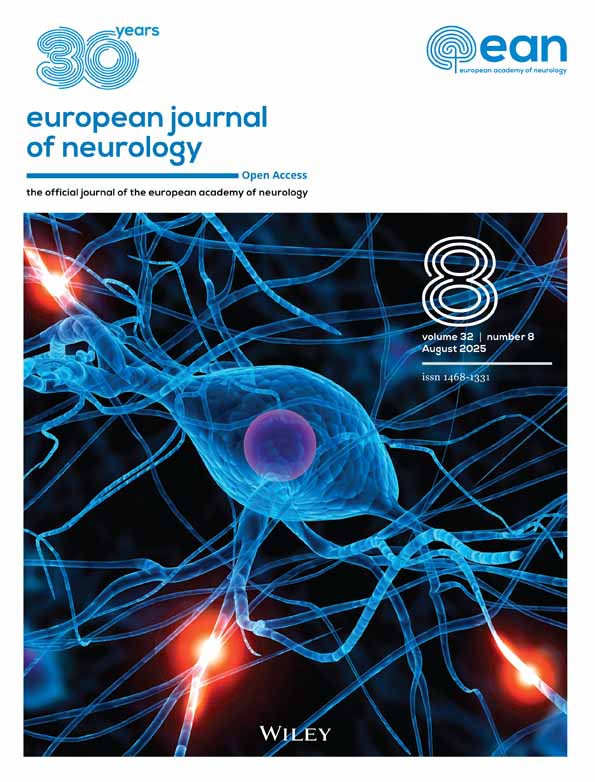Apolipoprotein E genotype of a Portuguese control population and Alzheimer's disease patients
Abstract
The present work first describes the frequency of APOE alleles and genotypes in Portuguese populations in relation to AD pathology. We genotyped a group of late onset sporadic AD cases, their pairwise controls and a larger group of randomly selected individuals, to assess the distribution pattern of APOE alleles in the Portuguese population. APOE ɛ4 relative frequency may significantly vary among different populations—a fact which should be taken into consideration for the correct evaluation of the cossegregation of this allele with AD pathology. We observed a frequency of 0.087 ± 0.029 of the APOE ɛ4 and 0.043 ± 0.021 of the APOE ɛ2 allele in the Portuguese random population which as expected showed a marked prevalence of the APOE ɛ3 form (0.870 ± 0.035). In the AD patients the APOE ɛ4 allele frequency was significantly higher (0.360 ± 0.081) than in the controls (χ2 = 31.000, p < 0.00001, df = 2). Consistently APOE ɛ3 allele frequency (0.640 ± 0.081) was significantly lower than in the controls while APOE ɛ2 was absent in the studied AD population. Taken together our results demonstrate that the Portuguese population is characterized by a relatively low frequency of the APOE ɛ4 allele, in good agreement with previous observations of a gradient of ɛ4 allele frequency in Europe, decreasing from North to South. Several lines of evidence point at APOEɛe4 allele as a major genetic susceptibility factor in AD. The APOE ɛ4 allele was significantly higher [odds ratio (OR) = 5.93, 95% CI 3.55–9.91] in the Portuguese AD patients than in the random non-demented population. The genotype analysis of the Portuguese AD patients here described reveals a marked, increased frequency of ɛ4 homo- and heterozygous individuals consistent with an APOE ɛ4 zigosity effect as a further genetic trait predisposing to AD development.




